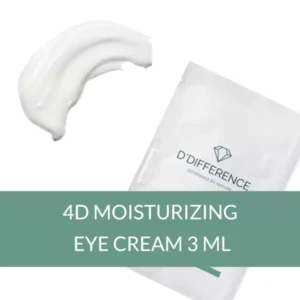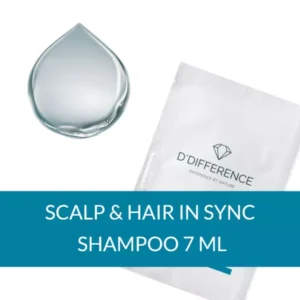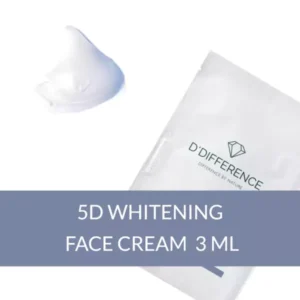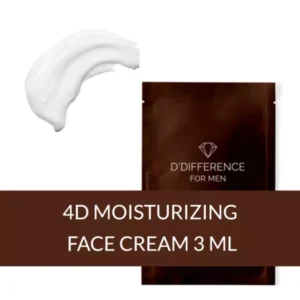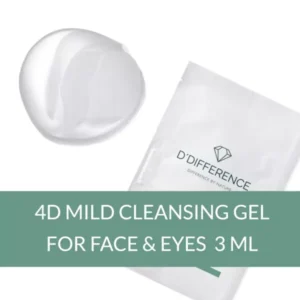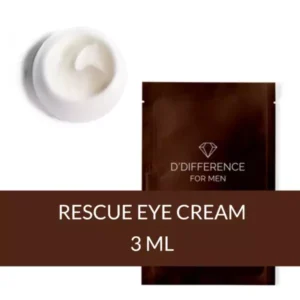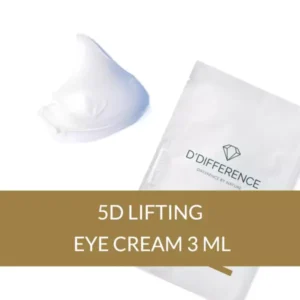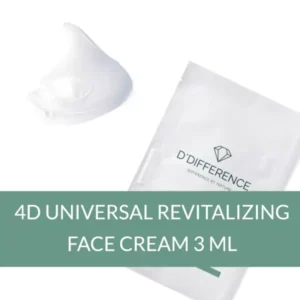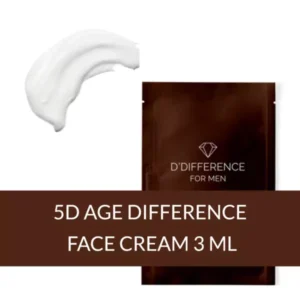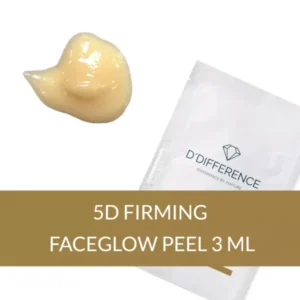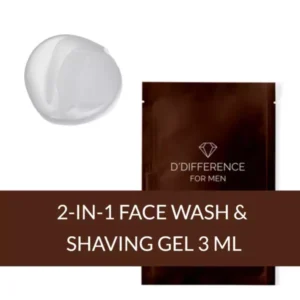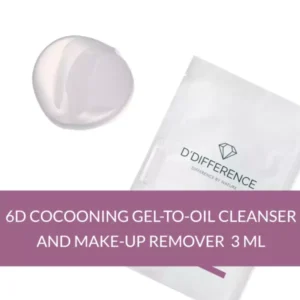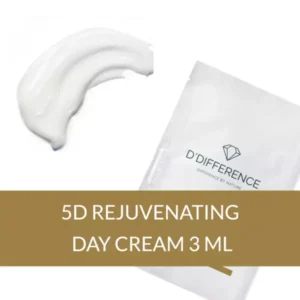The Magic of Hyaluronic Acid
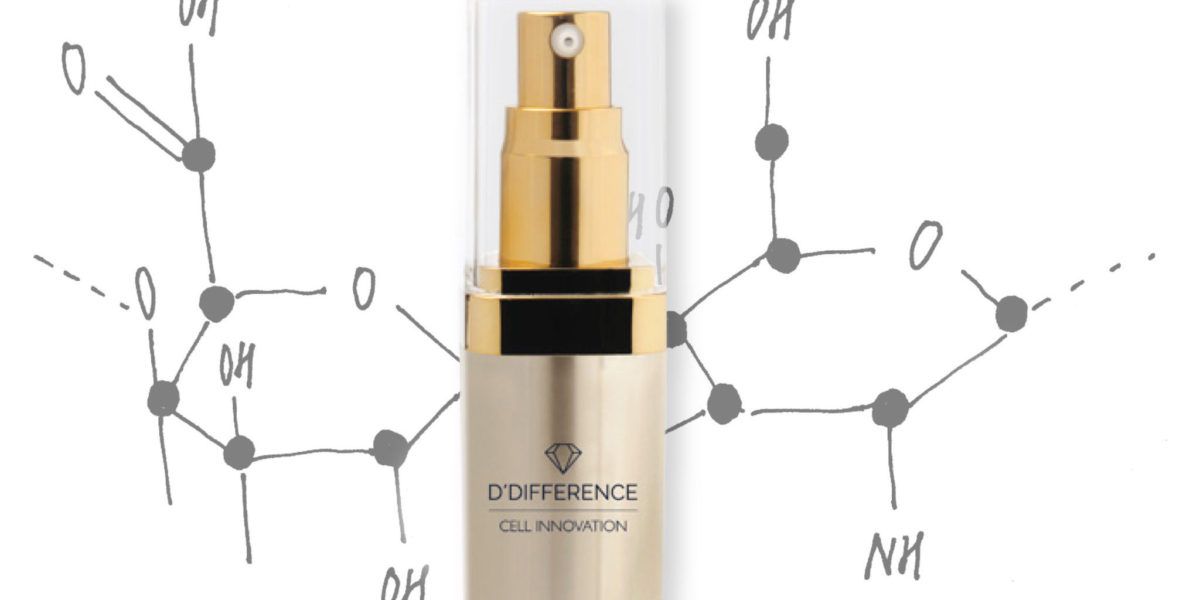
The world of skincare has, through the years, seen many components that become popular and then fall back into obscurity. Coenzyme Q10 comes first into mind. Hyaluronic acid is not “one of those” components.
On the contrary. Other ingredients don’t even come close to offering as many good qualities and effects that are those of hyaluronic acid – hydrating and moisture retaining and making the underlayers of skin more elastic are just a few of it’s WOW factors. In addition, hyaluronic acid is an antioxidant and suitable for each and every skin type. Thanks to its inflammation and bacteria fighting qualities, hyaluronic acid helps to patch up especially tough skin problems. It soothes sensitive skin and such skin conditions like acne, eczema and rosacea-prone skin. Can be of help to alleviate perioral dermatitis.
How can one ingredient retain and maximise skin’s elasticity and keep it looking smooth and youthful?
A large amount of hyaluronic acid (ca 60%) that is in our organism is situated in the skin, but you can also find it elsewhere in the body: bones, cartilages, in the vitreous body of the eye. For example, a person’s body who weighs 60 kg contains about 12 g of hyaluronic acid. A part of the skin is a matrix of collagen and elastin fibers that floats in an environment filled with hyaluronic acid. That place is like a protective shield, softening the impact of outer factors, protecting skin’s deepest layers against physical damage. I still find it hard to believe and have to read over and over again the fact that has to do with the water retaining ability of hyaluronic acid – it goes like this, 1 gram can retain 1000 grams of water. Excuse me? But then again I also don’t understand how things like the TV or radio exist, so the problem is probably me. ;-) In either way, hyaluronic acid is one powerful substance and what is extremely pleasant is that different skincare manufacturers offer it in different molecular masses, that is pleasing for both the skin and its owner.
Time subjects the amount of hyaluronic acid in the body and skin to changes. The decreasing of the substance minimises the water retention capacity of the hyaluronic acid molecules and this brings about thinning of the skin, fine lines and wrinkles and loss of elasticity. Once again the magic world of molecular masses enter the picture.
- Big molecules with a mass of (1,5-3,0 kDa)x106 do not penetrate the skin. They smooth and moisturise the outer layer of skin and form a moisture retaining layer on skin’s surface. That is extremely necessary, as the extra moisture that is gained from skincare products usually evaporises pretty quickly. There is also no need to fear for it being a type of file-like cover that might affect skin’s normal functioning.
- Medium molecules with a mass of (1,0-1,5 kDa)x106 help to smoothe and soften skin.
- Small and tiny molecules with a mass of (0,01-1,0 kDa) x106 penetrate quicker through the skin’s surface, absorb deeper and stimulate collagen and elastin production which helps to maintain skin’s elasticity. So, size does matter! The more multifunctional product your skin needs, the more important the molecular masses become and that also justifies the higher prices of these products.
Hyaluronic acid and hyaluronic acid sodium salt
Hyaluronic acid) and hyaluronic acid sodium salt (sodium hyaluronate) are separate components. The latter being a derivative of hyaluronic acid, that has the same attributes but absorbs more quickly and easily. One isn’t better than the other, but the salt version is used more frequently in skincare. While describing this ingredient, different brands will say that their product contains hyaluronic acid, even when in reality it is the hyaluronic acid sodium salt . You can tell between the two if you read the ingredient list (INCI) as they have different names. D´DIFFERENCE skincare contains hyaluronic acid sodium salt in three different molecular masses depending on the product. The 5D Rejuvenating Face Serum has all three of them, impacting both surface and bottom layers of the skin. What is worth noting is that both the big and medium molecular masses of sodium hyaluronate have the same exact name on the INCI list. The component with the smallest molecular mass is referred to as hydrolyzed sodium hyaluronate. The minute molecule has a very low degree of polymerization. It requires some “play” with the molecular masses in order for the component to swiftly penetrate the outer layers of skin and for it to be able to have an effect on the skin fibers located in the dermis. As a result you get an intensive, deep moisturising, elasticity boosting and lifting effect.
All the other products in the Cell Innovation line contain hyaluronic acid with big and medium molecular mass, that help to maximise skin’s moisture levels and create a moisture retaining protective layer on skin’s surface. Skin feels much softer and more elastic, it reduces flaky skin and enhances the effects of other skincare products.
How is this miracle substance received?
The main source of hyaluronic acid has for a long time been rooster comb. The extraction and cleansing processes are complicated and some unwanted extras might end up in the ingredient as hyaluronic acid is intricately intertwined with other substances. In the D’DIFFERENCE line, we follow the safer and surer way in using hyaluronic acid which is biotechnologically developed and free of nucleic acids, heavy metals and proteins.
Biotechnological methods
Not only is hyaluronic acid extracted from animal tissues but also from some bacteria cultures. Provided that the bacteria cultures are kept isolated throughout the manufacture process, hyaluronic acid is extracted. It is characterised by an extremely high purity and its excellent attribution by the skin. Also we have chosen components with the ECOCERT certificate.
2018 brings the ingredient Hyacross™ to D’DIFFERENCE products
It is the newest member in the hyaluronic acid family, a high molecular mass polymer that makes the skin’s surface incredibly silky without the sticky layer :-) The substance forms a breathing protective surface that retains and maximises moisture but lets the other molecules penetrate the skin. Together with the hyaluronic acid a powerful duo is born that fights against all of the aging signs. All of this is so exciting and we will try to work extra hard in order to bring these advancements to you as quickly as possible!
Author
Carmen Kibur
D’DIFFERENCE brand manager
